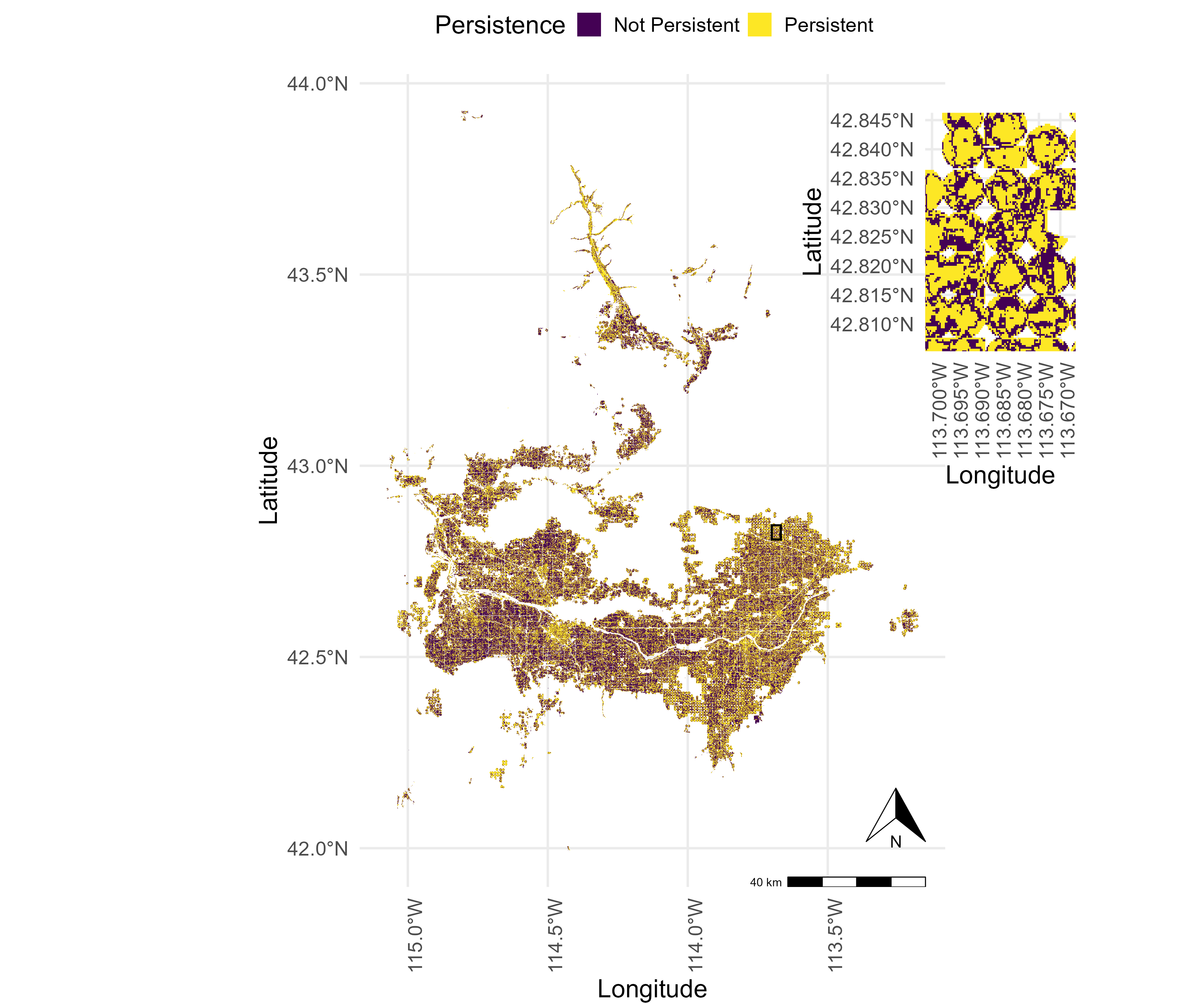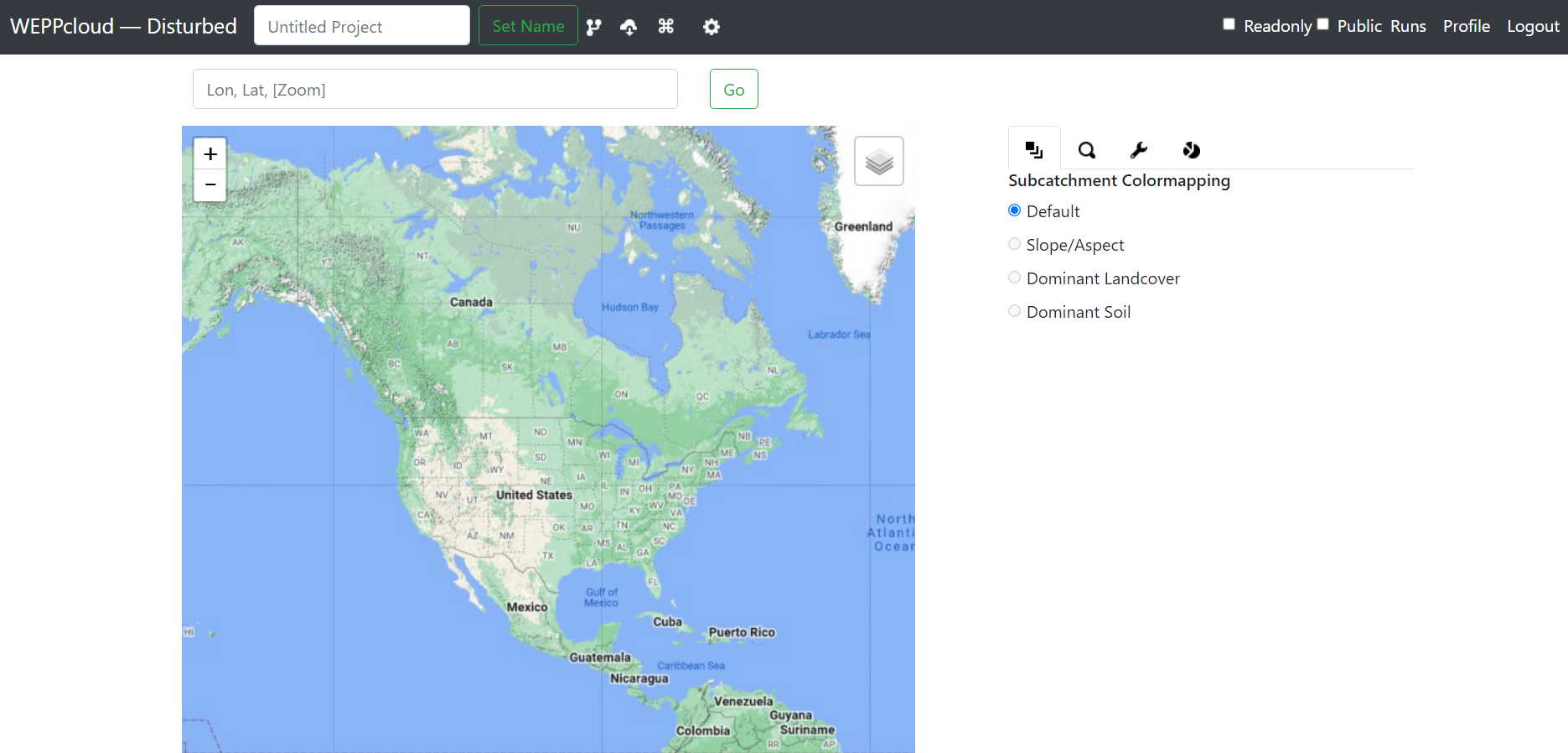
Persistence patterns in sub-field crop water use to guide variable rate management
- Persistent patterns in crop water use exist within irrigated fields of Magic Valley.
- These persistent patterns are driven by dominant crop type, within-field topographic differences, and the soil’s physical properties.
- Persistence pattern maps can guide the targeted management of subfield field variability.
- Persistence pattern maps provide helpful information for farmers and agronomists to improve resource allocation and crop yields using variable rate management.
Authors: Chinmay Deval, Erin S. Brooks, Linda R. Schott, Jason Kelley, David L Bjorneberg
Journal:
DOI: 10.1088/3033-4942/addc8f


